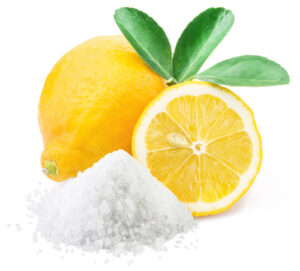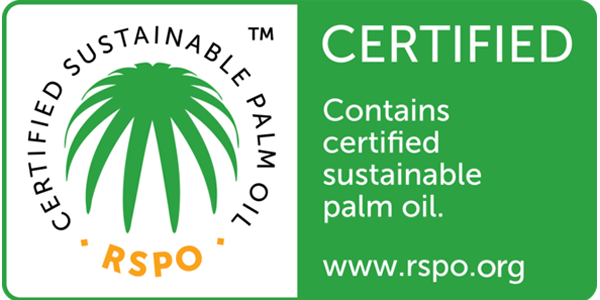We consume loads of citric acid each time we chew lemons, limes, other citrus fruits, and veggies. It also exists in everyday items we use like cosmetics and cleaning products. Most citric acid, however, is produced for commercial purposes, specifically, for consumption. While citric acid boasts numerous benefits if consumed in a reasonable amount, today’s fast-paced environment makes checking food labels and ingredients impossible for most consumers to ensure their safety.
So, what difference does commercial versus organic citric acid make?

Methods of Production of Citric Acid
More than 140 countries yield citric acid from citrus fruits and vegetables. For a long time, Italy was one of the countries that extracted citric acid from fresh fruits. Yet, during the 1990s, manufacturers started applying a new method of citric acid production. Several strains of Aspergillus niger, fungi, seemed suitable for producing a commercial form of citric acid. Low-cost, widely available, commercial citric acid entered the big door by the end of the century and stayed to this day.
You can already tell different methods of production (or yield) of citric acid. Organic forms are produced by nature while most of the citric acid we consume in beverages, candies, canned food, and those in cleaning products and medications, are derived from the fermentation of a fungus. Although 90% of the citric acid production falls into the commercial category, we still have that precious 10% of organic, fruit-derived citric acid. Some of the most common sources of organic citric acid include:
- Lemons
- Limes
- Oranges
- Grapefruits
- Pineapples
- Tomatoes
- Carrots
- Broccoli
 Price of Organic Certified Citric Acid
Price of Organic Certified Citric Acid
Obviously, quality wins over quantity. Commercial citric acid is widely available on the market, which significantly lowers its price. Although certified organic acid is slightly more expensive than commercial forms, it offers a much greater quality for the consumer.
Uses of Organic and Commercial Citric Acid
Commercial forms of citric acid are used for making beverages, conserving food, formulating cleaning products, and pharmaceutical preparations:
- Around 70% of the food and beverage industry uses commercial citric acid, mostly for boosting flavor but also for preserving and maintaining the stability of meat, frozen goods, candies, jams, canned fruits, and vegetables. It can also prevent the growth of bacteria.
- When it comes to cleaning products, polishes, detergents, disinfectants, and water-conditioning agents contain commercial-grade citric acid only. Did you know 7.5% of paper tissues are citric acid? It is believed citric acid kills viruses and prevents allergies. However, commercial citric acid would trigger a number of problems with people prone to allergies and respiratory problems. That’s why it is important to use products that contain organic forms of citric acid only.
- Organic citric acid also has antioxidant properties that’s why it’s used in the preparation of medicines. It can treat kidney stones, make your blood more alkaline, and treat metabolic acidosis, which doesn’t apply to artificial forms of citric acid.
Summary
It’s already clear by now commercial and certified organic citric acid differ on multiple levels. The former is cost-effective but can’t offer any other benefits besides enhancing the flavor and conserving food whilst organic forms make a full pack, providing multiple benefits for human health in the first place. For confident purchase of certified organic products, visit our catalog or contact us for quick individual assistance.






